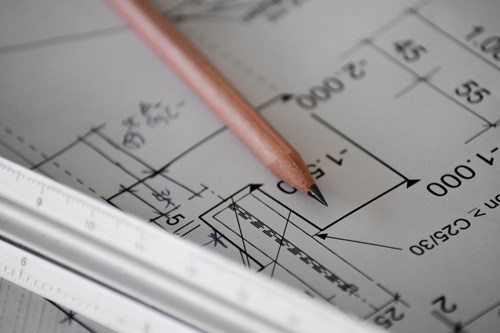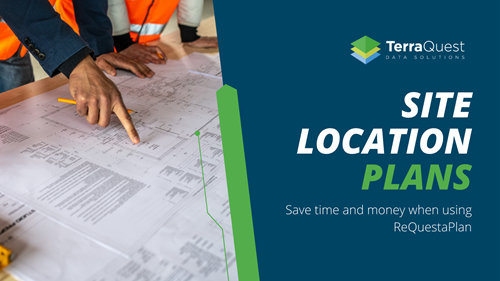
TerraQuest News
- Jan 2022
What drawings do I need to supply when getting planning permission?
Getting planning permission is a very important part of any project around your home. Failing to obtain planning permission when needed is known as a planning breach. A planning breach in itself is not illegal and the council will often permit a retrospective application where planning permission has not been sought. However, if the breach involves a previously rejected development (or the retrospective application fails) the council can issue an enforcement notice requiring you to put things back as they were.
It is illegal to disobey an enforcement notice unless it is successfully appealed against. You can appeal against both refusals of permission and enforcement notices but if the verdict comes out against you and you still refuse to comply you may be prosecuted.

What planning application drawings do I need to obtain?
A location plan:
- Scaled at a metric of 1:1250 or 1:2500, but also preferably to A4 size
- Shows all buildings and roads on land adjoining the site
- Application site and any land required for access for the build must be outlined or shaded in red
- Any other land adjacent you own or control outlined or shaded in blue
A site plan (block plan):
- A closer look at the site for the development, at a scale of 1:100, 1:200 or 1:500
- Show the development with reference to site boundaries and other buildings, with measurements
- Include details of buildings, roads, footpaths, public rights of way and trees, unless not affected by the development
- Include hard surfacing amount and type, and treatments for boundary walls or fences
Elevations and Floor Plans
These plans should be at a scale of not less than 1:100, indicating what is proposed and how it relates to the existing dwelling.
The elevation drawings should show:
- What each side of the newly altered building would look like (known as the elevations)
- The extension must be highlighted by colour or shading.
- Indicate the size and type of windows, doors etc.
- The external building materials to be used.
The floor plans should show:
- Dimensions (external) are only required for the extension.
- Identify the existing uses of the rooms in the building, e.g. lounge, kitchen, bedroom, etc., and also the intended use of the new room(s).
- The extension must be high lighted by colour or shading.
- Where a single storey extension is to be added to a two-storey building, only the floor with the extension need to be detailed.
Create location and site plans for planning & building control applications using our industry-leading software. Whether you are a homeowner or a professional, ReQuestaPlan is an easy-to-use solution enabling you to download a DWG or print a PDF version of an OS map of a specific location.



